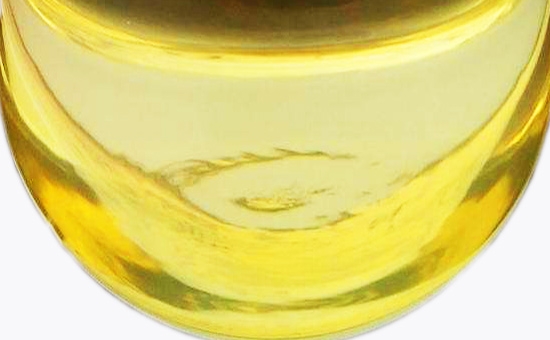
The liquid softener has good compatibility with reclaimed rubber. It can improve the performance of rubber processing technology, reduce power consumption, promote the uniform dispersion of other compounding agents, and improve the resilience and elongation of the reclaimed rubber vulcanizate. It is a recycled rubber product. An important operating aid in processing. However, in actual production, liquid softeners cannot be used arbitrarily. Manufacturers of reclaimed rubber products need to master certain skills and use liquid softeners reasonably.
1. Common types of liquid softeners
Common liquid softeners in the production process of reclaimed rubber products include naphthenic oil, aromatic oil, coal tar, vegetable oil, pine tar, tall oil, etc. Different types of softeners have different effects in the rubber compound, and the scope of application is endless. the same. The liquid softener improves the rubber mixing process by reducing the intermolecular force during the processing of the reclaimed rubber, and improves the calendering, extrusion and molding process of the reclaimed rubber by increasing the plasticity, fluidity and adhesion of the reclaimed rubber.
Under normal circumstances, after using liquid softeners, the hardness and tensile stress of the reclaimed rubber will be reduced, and the elasticity and cold resistance of the vulcanized rubber will be improved; reducing the heat generation of mixing can save production costs to a certain extent, including raw material costs and production power consumption .
2. Selection skills of liquid softener
Different types of rubber products have different performance requirements for raw materials. Reclaimed rubber products manufacturers not only need to choose suitable reclaimed rubber products, but also need to choose the right liquid softener.
(1) Migration: In actual production, reclaimed rubber products that require non-migration cannot choose liquid softeners that are easy to migrate. For example, the production of EPDM reclaimed rubber needs to be coated with a rubber tube 2LLYY94 when the outer layer of rubber is usually used paraffin oil, Naphthenic oil and third-line oil are not easy to migrate in ethylene propylene rubber.
(2) Environmental protection: When using reclaimed rubber to produce environmentally friendly rubber products such as indoor hoses, door and window sealing strips, rubber product manufacturers must avoid using polluting softeners, especially coal tar, and avoid harmful substances in softeners Affect human health and avoid environmental pollution; under normal circumstances, environmentally friendly reclaimed rubber products may wish to try environmentally friendly tal oil during the production process.
(3) Cost-effectiveness: When choosing liquid softeners for reclaimed rubber products, the cost of reclaimed rubber products should also be considered, and low-priced liquid softeners that meet the needs should be selected as much as possible to reduce more production costs.
3. Timing of adding liquid softener
The rational use of liquid softeners in the production of reclaimed rubber products can significantly improve the rubber processing technology and improve the overall product indicators. In actual production, manufacturers of reclaimed rubber products not only need to select the appropriate variety of softeners according to their needs, but also need to grasp the timing of adding liquid softeners to avoid improper addition timing that affects the production process and quality of reclaimed rubber products.
(1) Add after reinforcing agent: During the mixing process of reclaimed rubber, raw rubber is usually added first, and then carbon black is added. After the carbon black is basically dispersed in the rubber, the liquid softener is added. This is because the liquid softener itself has wettability and can easily agglomerate the powdered reinforcing agent. Adding the liquid softener after the reinforcing agent is added can significantly improve the mixing effect and shorten the mixing time.
(2) The liquid softener is added at the end: In actual production, the liquid softener not only needs to be added after the reinforcing agent is added, but preferably at the last period of time. This is because the reclaimed rubber will swell excessively after adding the softener first, which will not only cause uneven dispersion or agglomeration of the powder, but also affect the mechanical friction between the reclaimed rubber molecules and the filler and reduce the mixing speed of the rubber. . Therefore, when the reclaimed rubber is softened with a liquid softener, it is necessary to add a liquid softener in the final stage of mixing.
Different types of liquid softeners have different effects in reclaimed rubber. Different types of reclaimed rubber products need to choose suitable softeners. Rubber product manufacturers can choose appropriate types of softeners according to their own needs. Later editors will continue to discuss with you other techniques of liquid softeners in the production process of reclaimed rubber products.
Exclusive original article [commercial authorization] reprint, excerpt and excerpt in any form are prohibited without written authorization. Focus on Hongyun rubber: learn the process formula and raw material technology of producing rubber products from recycled rubber to help you reduce costs and increase profits